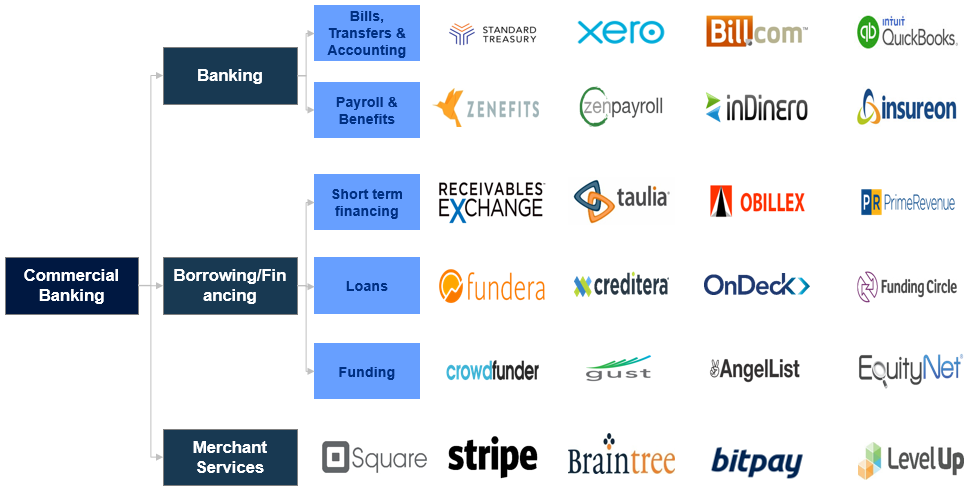"A empresa de Melgaço apostou em produções limitadas, com o foco comercial direccionado para o segmento da restauração.Todo este discurso pode ser enquadrado num todo coerente, muito em linha com a mensagem geral deste blogue,
...
os vinhos Soalheiro são uma resposta "a toda a tendência gastronómica mundial", que está a optar "cada vez mais por pratos simples, elaborados, mas simples, associados a vinhos com baixo teor alcoólico, elegantes e com frescura". Nos últimos quatro anos, a empresa tem registado crescimentos nas vendas superiores a 20%.
...
A estratégia de António Luís Cerdeira "é a diversificação de mercados", até porque o foco comercial está na restauração.
...
As perspectivas para este ano são de um bom crescimento nos mercados externos, alavancadas nos recentes prémios que a marca recebeu.
...
"o crescimento é mais lento, porque não temos volume". A estratégia da empresa assenta na qualidade das uvas e em pequenas produções. "O nosso objectivo não é crescer em volume, os vinhos esgotam todos os anos", realça. O objectivo "é valorizar o território, a uva, os parceiros viticultores, não queremos massificar o vinho que fazemos"."
Depois, a parte que nos deixa um sabor estranho:
"Actualmente, a Quinta do Soalheiro produz cerca de 200 mil garrafas e estima que em 2016 possa chegar às 300 mil. A capacidade instalada permite uma produção de 500 mil."Como é que esta perspectiva de crescimento se encaixa com o discurso da primeira parte?
Trechos retirados de "Soalheiro em 25 mercados com vinhos de baixo teor alcoólico"


















